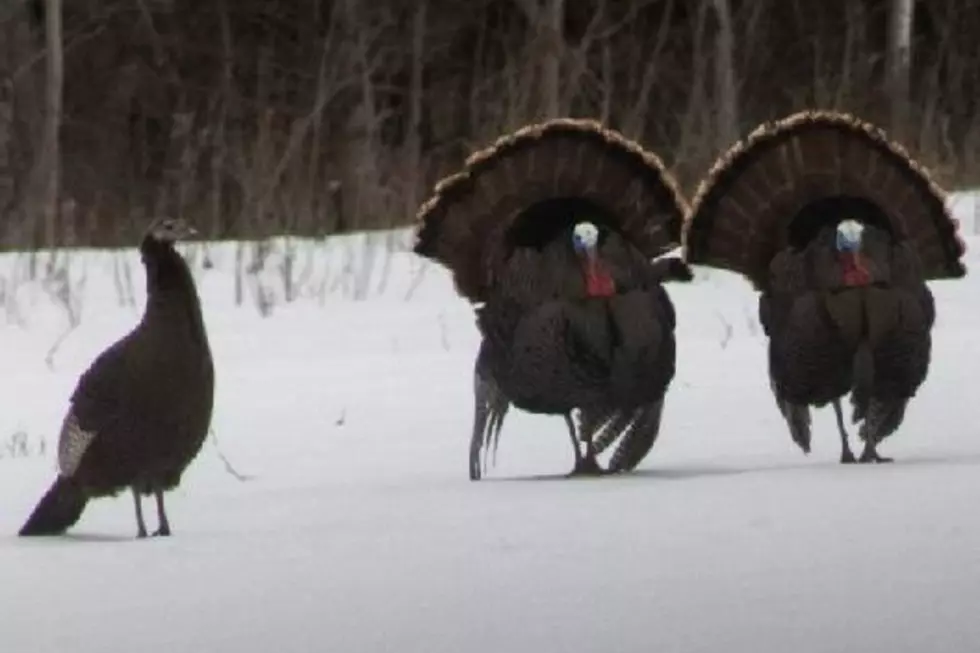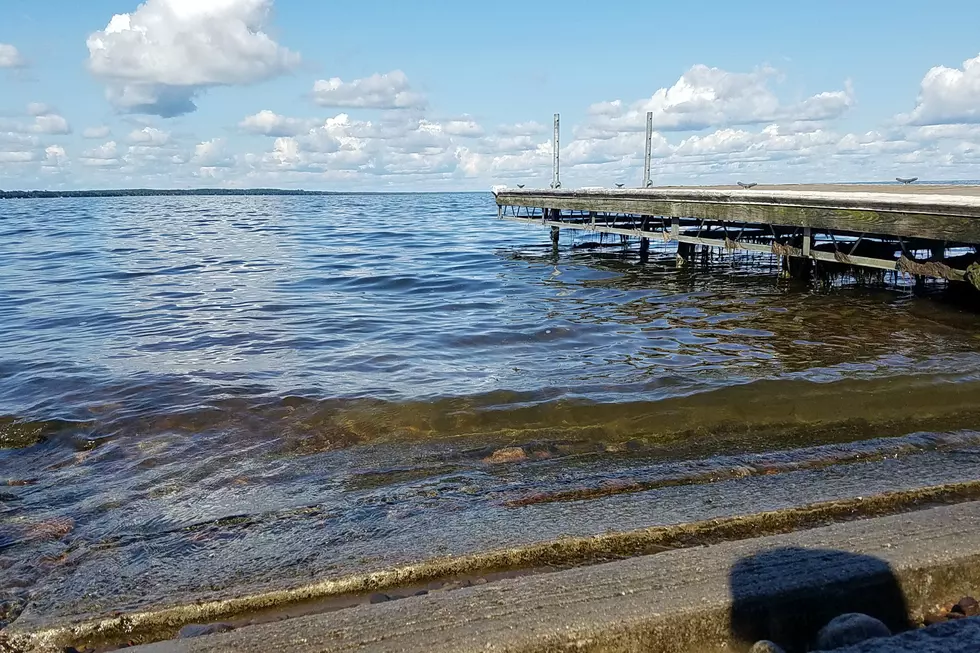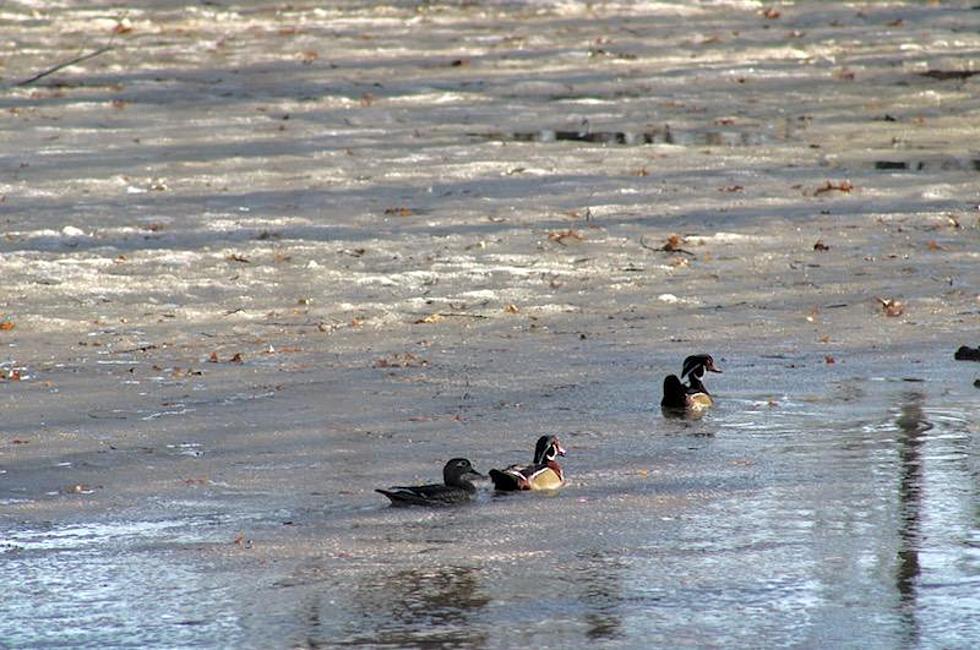
Ruffed Grouse Hunting
Chasing Old Ruff
I am always impressed when I see reports that talk about the number of grouse harvested each fall in Minnesota. Although I have been known to chase old ruff from time to time, they are not always on my radar screen. However, for many hunters, grouse rank at the top of the list as a game bird.
In an effort to learn more about grouse habits and hunting techniques, I had a lengthy discussion with grouse guide, Jim Gerchy. Gerchy has 15 years of guiding experience under his belt and has seen it all.
Gerchy started off by saying one of the reasons grouse hunting is popular is the fact there are endless hunting opportunities available in Northern Minnesota. Minnesota is loaded with state and national forest land that is open to public hunting. Gerchy added that county land and some paper company land may be open for hunting, as well.
When picking out a location to hunt, Gerchy suggested drawing a line from Staples to Brainerd and then working north of this line. He specifically mentioned forest land near Duluth and Kabetogama Lake as perennial hotspots.
Wanting to learn more about one of Gerchy’s favorite areas, I contacted Phil Hart from Gateway General near Kabetogama Lake. According to Hart, there are a number of resorts that stay open in the fall and cater to hunters. He added that being able to catch walleyes for part of the day was an added bonus.
According to Hart, there were plenty of fire and logging trails to hunt near Kabetogama. For those that didn’t know their way around, there was a series of four maps available that highlighted trails and hunting opportunities. In addition to maps, the Forestry Office in Orr wasvery helpful in showing hunters where recent logging had taken place. Logging is a critical part of creating quality habitat.
Although grouse season opens in mid September, Hart believed the best hunting opportunities didn’t start until the leaves were down in early October. Gerchy reiterated the need to be patient and focus on grouse after the leaves drop.
Like many other animals in the wild, grouse love to live on edges. Both Gerchy and Hart mentioned the importance of keying on natural edges formed by cedar swamps, logging trails and fire trails as well as transition areas where one habitat blends with another.
Understanding the types of food that grouse prefer is also helpful in locating quality hunting areas. Clover, aspen buds, dogwood berries, and high bush cranberries are all popular menu items. Gerchy pointed out that many of these foods grow on edges and in openings in the forest.
The equipment necessary for grouse hunting is pretty basic. Most any shotgun will do the trick.Gerchy believed a basic target load with 7 ½ or 8 shot was all that was needed. He preferred an improved cylinder choke in the early season and switched to a modified in the late season.
Although Gerchy always hunts with dogs, he readily admitted it was not necessary. He believeddogs helped signal an upcoming flush as well as find birds once they were down.
Grouse are not that winter hardy and move to conifer forests during the late season. Gerchy suggested focusing on stands of young aspen close to thermal cover when it is cold.
Ruffed grouse have a mysterious 10 year cycle they go through with major population changes from the high to the low on the cycle. In an effort to learn more about this concept, I talked to Mike Zagata, National President and CEO of the Ruffed Grouse and Woodcock Society. He readily admitted no one really knows what causes the cycle.
To add mystique to the mystery, Zagata stated that grouse in other locations of the United States did not go through this cycle. The grouse cycle is a phenomenon unique to the Midwest.
Zagata made one other important point in our conversation on grouse. He believed that young forests were the key to quality grouse hunting. Although forest preservation was not all bad, it was the young forest habitat that grouse really preferred.
Ruffed grouse are a very important upland bird in Minnesota. With ample public land to hunt and minimal investment needed, it is not hard to understand why hunters continue to focus on old ruff.
More From AM 1240 WJON









